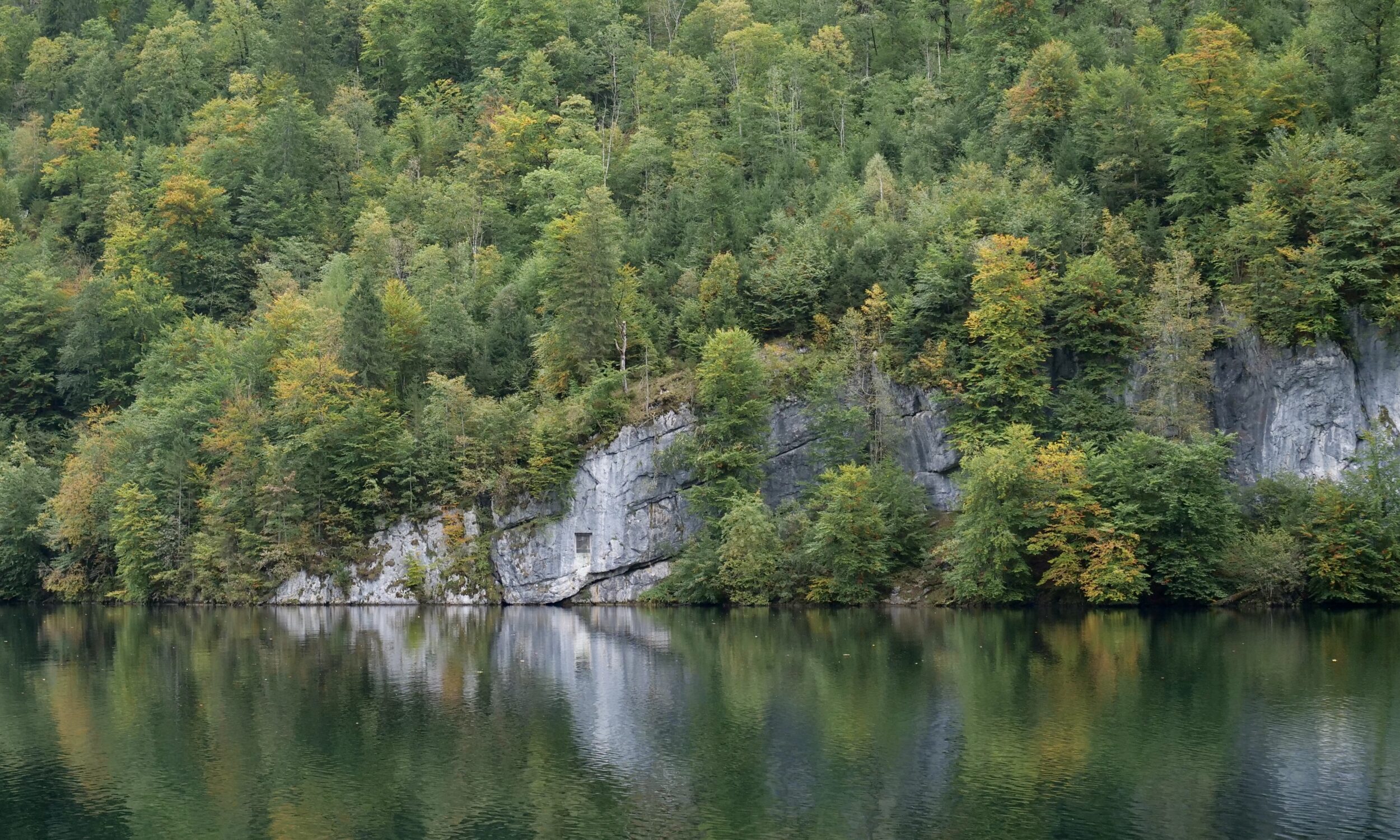As a newcomer to another nation and/or to a different kind of society or ecosystem, the surprises that await, almost inevitably, will prove a very “mixed bag”.
This post celebrates a very happy, beautiful surprise, recently experienced in Germany’s only alpine national park.
As future, multi-image posts will further illustrate, Berchtesgaden National Park is breathtakingly beautiful.
Much of its beauty is remarkably easy to access.
We were already keenly aware that some of the world’s most celebrated forests are in terrible trouble, and that Germany’s so-called Black Forest is among them.
Roughly one third of Germany is forested; alas, the Black Forest’s decline is no isolated case.
According to a 2022 government survey, 79 per cent of trees across the nation are damaged, dying or dead.
(Click here for a little more)
So, we were delighted and amazed by the forests in Bavaria’s Berchtesgaden National Park, aka “BGNP”.
Wherever we looked in BGNP (which, of course, was not everywhere, and my beloved and I are not forest ecologists) the forests looked healthy – much healthier than not a few other forests we have directly experienced in various latitudes and nations, our own included.
A study published in 2021 (click this to read it) suggests that we were not deluded:
Over the 28 years investigated, the forests of BGNP were becoming denser, structurally more complex, and more species rich.
As the study showed, climate change clearly is affecting BGNP’s forests, but not (yet?) to catastrophic effect.
At least to this point, BGNP’s forests have, progressively, been becoming healthier, not sicker.
Photo is copyright Doug Spencer, taken from the Königssee, at 9. 51 am on 12 October 2023.
The pictured waters’ edge is just a wee bit more than 600 metres above sea level.
The highest peak, directly above the Königssee, is a little more than another 2,100 metres higher; BGNP offers a highly diverse range of microclimates, steeply stacked.
